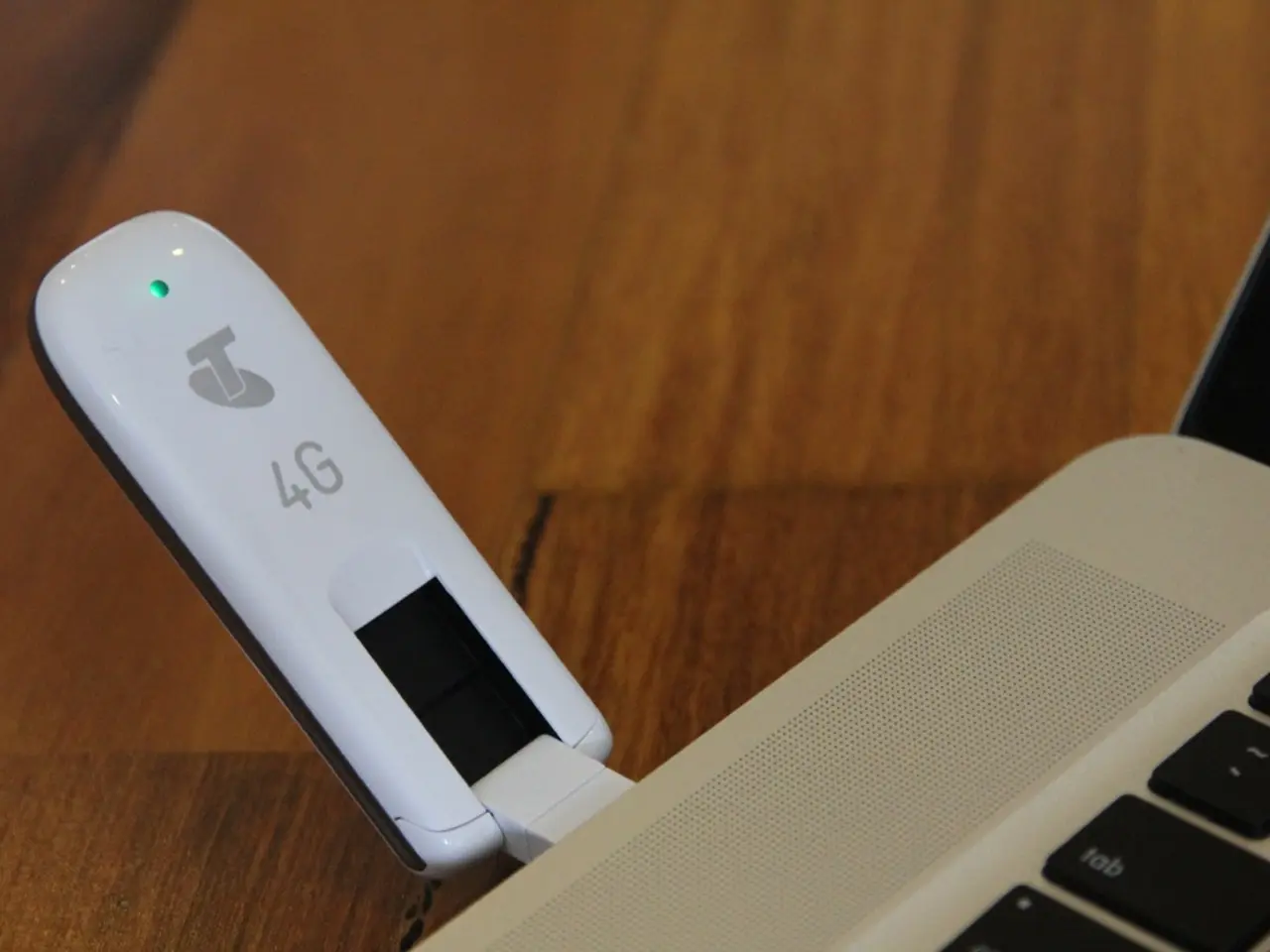Inquiries Regarding Data Elimination Procedures for Your IT Department
In today's digital age, the importance of data privacy has never been more crucial. With data privacy laws such as the GDPR in Europe and the CCPA in California placing legal pressure on organizations to safeguard personal data, it is essential for companies to implement robust data erasure protocols when retiring old devices.
To ensure proper data erasure from old company devices and thereby prevent data breaches while complying with data privacy laws, companies should follow a structured and verifiable data sanitization process aligned with recognized standards such as NIST 800-88.
Certified Data Wiping is a key step in this process. Utilizing software-based overwriting methods that comply with standards like NIST 800-88, existing data is overwritten multiple times, ensuring it cannot be recovered. Simple deletion or formatting, which only removes pointers to data, leaving data intact and recoverable with forensic tools, is insufficient.
For highly sensitive or classified information, physical destruction methods such as shredding, crushing, or disintegration are recommended, followed by degaussing—applying a strong magnetic field to render data unreadable—for magnetic media like hard drives and tapes. Different storage media require different approaches, and SSDs and flash drives should be disintegrated or shredded because they cannot be reliably degaussed.
Compliance with legal and industry standards is also crucial. Companies must follow regulatory requirements from laws and standards such as HIPAA, GLBA, SOX, GDPR, and more, which often mandate verifiable and auditable data destruction processes.
Documentation and certification are vital components of the process. Maintaining detailed records, including the chain of custody of devices and the destruction process itself, is critical for proving compliance during audits or legal scrutiny. Obtaining and securely storing certificates of destruction for audit and compliance purposes is equally important.
Partnering with certified disposal professionals, such as IT Asset Disposition (ITAD) vendors who follow industry best practices and provide secure, environmentally sound disposal along with compliant documentation, can also help organizations meet their data privacy obligations.
In summary, companies must implement a multi-layered, verifiable data sanitization protocol using recognized software and physical destruction methods, maintain strict documentation, and comply with legal frameworks to effectively prevent data breaches and meet data privacy law obligations when retiring old devices.
Moreover, solutions like NSYS All-in-One and NSYS Buyback, which manage secure erasure, automated buybacks, and trade-in programs, can help organizations safeguard information and support the environment. These solutions provide a central system for storing erasure histories with secure reporting, digital signatures, and tamper-proof logs, making it easier to maintain good documentation of every erasure event for traceability and to create a clear audit trail.
Violation of these data privacy laws can lead to enormous fines and litigation, making it crucial for organizations to review their present-day data erasure procedure and consider approved solutions like NSYS Data Erasure to safeguard information and maintain compliance.
In the context of adhering to data privacy laws and ensuring secure data erasure from old devices, companies should leverage technology solutions like data-and-cloud computing that offer certified Data Wiping featured with software-based overwriting methods, following recognized standards such as NIST 800-88. Additionally, organizations must bolster their compliance by implementing robust documentation and certification processes, maintaining detailed records and obtaining certificates of destruction for audit and legal purposes.




